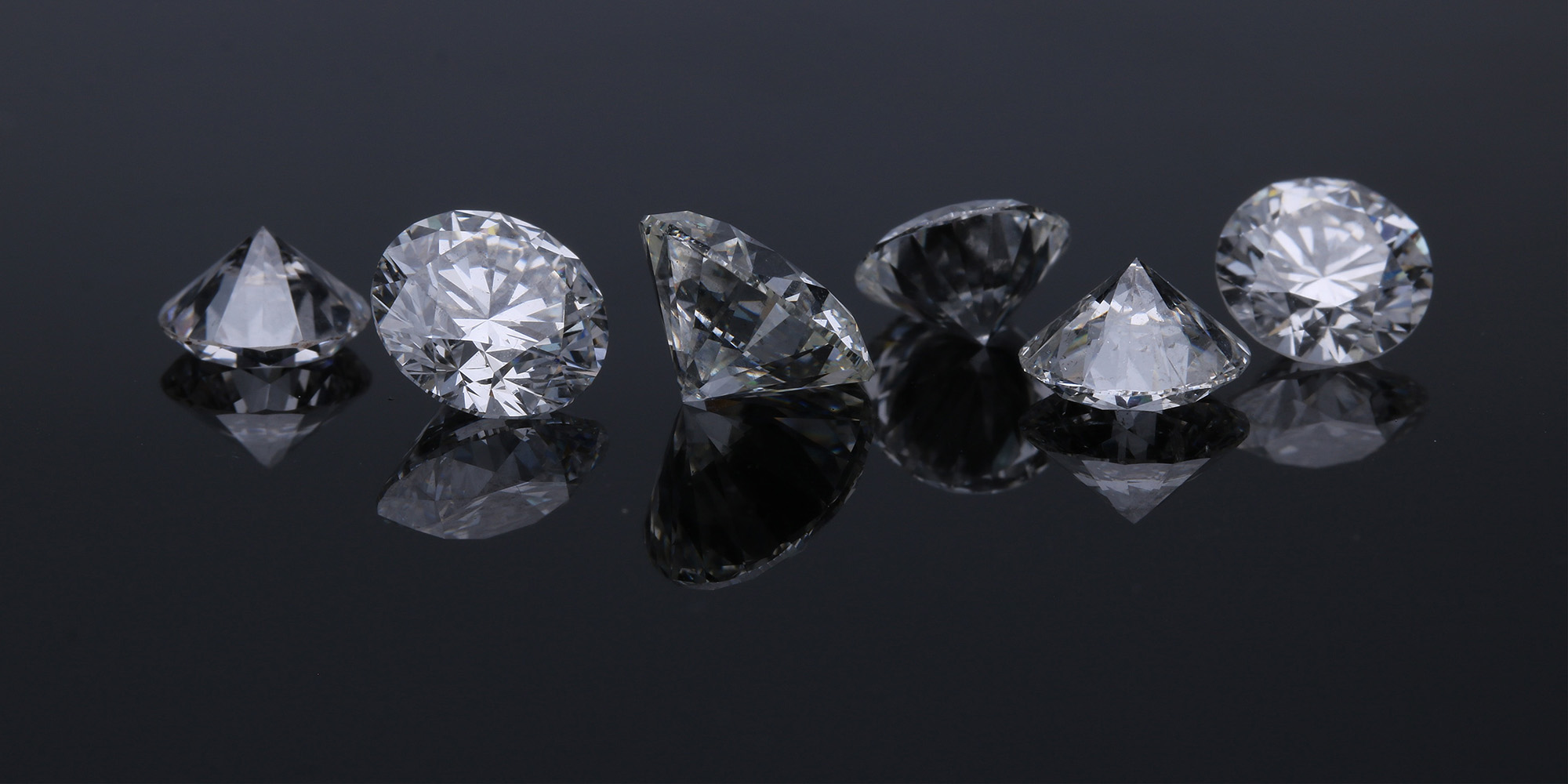Anglo American is incredibly in love with its copper assets at the moment, with each announcement putting more focus on this metal than any of the other commodities in the group. Alas, its relationship with diamonds is on the rocks, despite De Beers having previously convinced everyone for decades that these shiny stones are the best show of love and commitment. This is because you can say “I do” at a much lower price point these days thanks to lab-grown diamonds.
This trend has been on display for a couple of years now, yet many believed that lab-grown diamonds were just a fad. There are still those who are in complete denial, but when you can buy a lab-grown diamond that is practically identical to the mined equivalent and pay for an entire honeymoon with the price difference, it becomes a compelling alternative for consumers.
Speaking of the price difference, market forces are driving the prices of mined diamonds lower. Prices fell by 22.6% in the second half of 2024 vs. the first half. Anglo American has decreased its diamond production guidance for 2025 and 2026, so things are still getting worse. There is a clear message being shouted from the rooftops: mined diamonds are in serious trouble.
At least gold is forever
Diamonds may be facing an uncertain future at the moment, but gold is doing just fine thanks. Despite being as old-school an asset as you can imagine, the world still looks to gold as a store of value and a safe-haven alternative at a time when inflation and the loss of value of even the US dollar is a major concern.
Our locally listed gold miners are beneficiaries here of course, confirmed by recent updates from DRDGOLD, Gold Fields and Harmony. Their share prices are up 44%, 33% and a whopping 96% respectively over the past 12 months. For context, the gold price in rand is up 36% in the past 12 months. This shows you how variable the performance of the miners themselves can be, driven by many factors linked to production and cost efficiencies.
DRDGOLD focuses on tailings, so they have the tightest margins and the most operating leverage in its business model. In simple terms, this means that modest changes in revenue can drive much larger percentage changes in earnings. For the six months to December, revenue increased by 28% and they reckon HEPS (headline earnings per share) will be between 60% and 70% higher. Cost control was boosted by the recent investment in solar power, thereby avoiding the large tariff increases at Eskom.
Over at Gold Fields, a strong finish to the financial year in terms of production saw an increase in HEPS of between 41% and 52% for the full year. This was despite a substantial increase in the cost of production in a year when their gold volumes dropped. In mining as in manufacturing, lower production overall leads to a higher cost of production per unit (in this case, per ounce).
At Harmony, a production update for the first half of the year suggests that they could beat full-year production guidance. It’s going to be tough to achieve year-on-year growth in production though, so they will need a solid second half. Cost pressures are visible here as well, with all-in sustaining cost (AISC) roughly 15% higher year-on-year at the midpoint of guidance for the interim period. They haven’t given an update on HEPS yet, but the jump in the share price in the past year tells you that the market is fully expecting a glittering set of numbers.
Platinum and iron ore are still struggling
Beyond gold, our mining industry is having a tough time in many cases. Platinum has been a woeful story in the past couple of years and the pain has continued, with Anglo American Platinum expecting HEPS to drop by between 36% and 46% for the year ended December 2024. PGM prices have been under terrible pressure, particularly palladium and rhodium. Although the company is still highly profitable, they are way off the strong numbers that we saw a couple of years ago.
As for Kumba Iron Ore, you may be surprised to learn that the drop in HEPS is even worse. For the year ended December 2024, HEPS fell by between 43% and 48%. With lower export prices and a drop in sales volumes thanks to ongoing capacity constraints at Transnet, their hands are tied. Yes, there is nothing that South Africa can do about global commodity prices, but the frustration comes in when our infrastructure is the major bottleneck. DM





